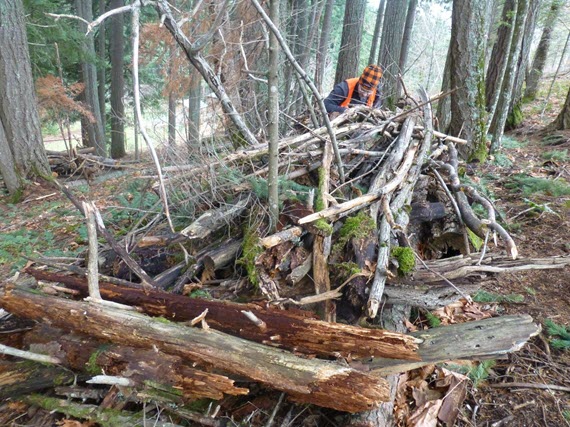[ad_1]
Update posted on September 16, 2022
North Dakota Health and Human Services (HHS) was notified on September 16, 2022, that the raccoon identified in connection with the incident at the Maddock Bar tested negative for rabies.
HHS issued a statement on September 13, 2022 regarding the situation. At that time the whereabouts of the raccoon was still being determined.
“When humans and animals such as raccoons come into contact with each other, we have no choice but to consider the possibility of rabies exposures and the best practice is to rule out rabies by testing” said Amanda Bakken, epidemiologist with HHS.
“For domestic dogs, cats and ferrets, the period of viral shedding is understood well enough to allow for an observation period to rule out rabies exposures. Unfortunately, with most other mammals, the period of viral shedding is not understood well enough to allow for reliable observation periods.”
For additional information about animal rabies activity in North Dakota, please visit ndhealth.gov/disease/rabies.
Original post on September 13, 2022
North Dakota Health and Human Services (HHS) is notifying the public of a situation in Maddock, ND, which may have resulted in potential rabies exposures. A captive raccoon was brought into the Maddock Bar on Tuesday, Sept. 6. Anyone who may have been bitten by the raccoon, or had contact with the raccoon’s saliva, should speak with a health care provider as soon as possible regarding the risk of potential rabies exposure. “Because rabies is such a serious disease with a nearly 100% fatality rate, we are making this information available to the public as a precautionary measure,” said Amanda Bakken, an epidemiologist with HHS.
Rabies is a viral infection that affects mammals, including humans. In the United States, the virus circulates in wild animals and is most commonly found in bats, raccoons, skunks, coyotes and foxes. Rabid wildlife can transmit rabies to unvaccinated cats, dogs and farm animals, which then pose a threat to people.
The virus is most often transmitted through the bite of an infected animal. Rabies can also be transmitted if saliva or nervous system tissue from a rabid animal enters open cuts and wounds or the eyes, nose, or mouth. The virus attacks the nervous system and causes swelling of the brain. There is no treatment and rabies is nearly always fatal.
“You should seek medical care as soon as possible if an animal bites you,” said Bakken. “If the animal is a healthy dog, cat or domestic ferret, it should be confined and held for observation for ten days to rule out rabies virus transmission. If a wild animal bit you, the animal should be euthanized and tested for rabies.”
HHS recommends taking the following precautions to decrease the risk of rabies:
- Do not keep wild animals as pets. It is unlawful in North Dakota to keep a raccoon or a skunk as a pet.
- Try to keep stray animals and wildlife, especially skunks, away from pets and livestock.
- Keep dogs, cats, ferrets and horses up to date on vaccinations for rabies. Your veterinarian can advise you on current vaccination recommendations.
- Do not leave exposed garbage or pet food outside as this may attract wild or stray animals to your home or yard.
- Do not approach unfamiliar or wild animals.
- Learn how to prevent animal bites, especially to children. Teach children never to handle or approach unknown animals without permission from a parent or guardian and the animal’s owner.
- Report stray, or animals acting in an unusual manner, to local animal control.
- Bat-proof your home to prevent bats from nesting inside and having access to people or pets.
- Avoid contact with animals while traveling, especially internationally.
In 2022, six rabid animals have been reported in North Dakota, including two bats, two cats, one bovine and one skunk. For additional information about animal rabies activity in North Dakota, please visit ndhealth.gov/disease/rabies.
[ad_2]
Source link

